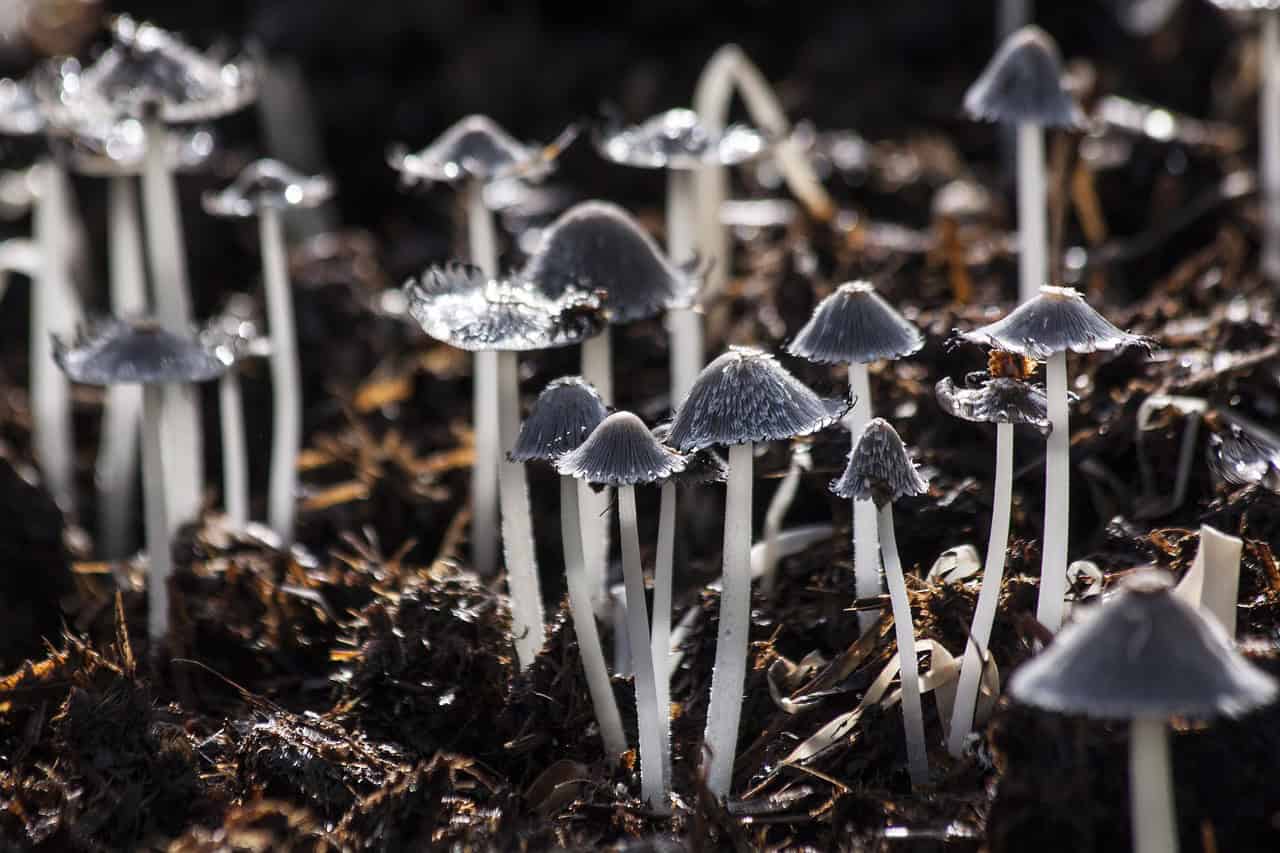
The role of funghi and fungi in the bioindustry is becoming increasingly important, with innovative applications in the Netherlands. From eco-friendly packaging to building materials and biofertilizers; mycelium and other fungi offer sustainable solutions. Five developments that show how fungi can contribute to a more sustainable future.
1. Sustainable packaging from mycelium
A notable innovation in the Dutch bioindustry is the use of mycelium for sustainable packaging. Mycelium, the root structure of fungi, offers an environmentally friendly alternative to Styrofoam. Companies such as Grown.bio are developing packaging that is fully compostable and made from agricultural residues such as hemp and straw. These packages are not only light and strong, but also water-resistant and insulating, ideal for the fishing industry and other sectors.
2. Biodesign in fashion and cosmetics
Biodesigner Emma van der Leest is committed to the use of fungi in fashion and cosmetics. For example, she developed the Microbial Vending Machine, a project showing products made by microorganisms.
This old Febo snack machine is not filled with croquettes and frikandells but with products made by microorganisms. It is a demonstration of how these organisms can be used through biotechnology for natural products and materials, which are normally produced in an unsustainable way. The vending machine presents 21 products made using algae, fungi, bacteria, and enzymes. Consider, for example, luminous bacteria in street lamps. They charge during the day and give light at night.

3. Biofertilizers for a more sustainable agriculture
Mycorrhizal fungi are increasingly used as biofertilizers in agriculture. These fungi form symbiotic relationships with plant roots, which improve nutrient uptake and stimulate plant growth. The use of mycorrhizal fungi can reduce the need for synthetic fertilizers, resulting in a lower environmental impact. This is a promising development for sustainable agricultural practices in the Netherlands.
4. Purifying water with fungi
Nitrogen, mainly in the form of inorganic nitrite and nitrate, is one of the main pollutants in fresh water and human wastewater. In biological nitrogen removal, microorganisms convert two of the main nitrogen compounds, nitrate and nitrite, into gaseous nitrogen. This occurs naturally in water bodies and is called self-purification.
This principle is also used in water treatment. So far, several bacteria and fungi have been identified in pure culture that can break down nitrogen with and without oxygen. Researchers were able to identify bacterial-fungal groups that have the potential to remove nitrate from water particularly well. This is an important step for optimal water purification.


